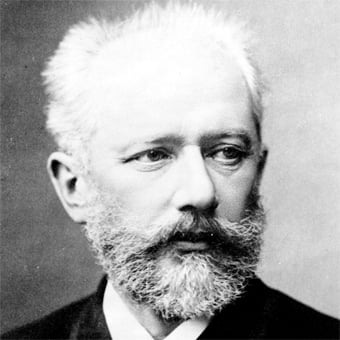
Peter Tchaikovsky
Peter Ilyich Tchaikovsky was influenced by the Rubinstein brothers, and soon began to incorporate more overtly nationalistic elements into his music * His 2nd Symphony combines Russian folk song with classical form * Over a long period of his life he was supported by a wealthy widow, Nadieshda von Meck, whom he, however, never met personally * In a time of depression after his broken marriage he finished two of his greatest works, Eugen Onegin and his 4th Symphony * His symphonic works, which include lyrical and dramatic elements, show less constraint in the handling of the symphonic form than many of his Western contemporaries * His ballets, in particular the Nutcracker, achieve a synthesis between symphonic and dramatic forms that put the genre on a level with symphonies or operas * His brilliant lyrical talent is complemented by an extremely refined sense of instrumentation * The expressiveness of his music unfolds both in an extroverted character, as in his stage works, and in an inward, psychological direction, as with his 6th Symphony, the Pathéthique, one of the great symphonic masterpieces of all time
Works by Peter Ilyich Tchaikovsky include:
Piano Concerto No.1 in B-flat minor op.23 (1874/75)
Eugene Onegin op.24 (1877/78) lyrical scenes
Symphony No.6 in B minor op.74 Pathéthique (1893)
The Nutcracker op.71 (1892) ballet
"Music is no illusion, but rather a revelation. Its triumphant power lies in the fact that it reveals to us beauties we find in no other sphere; and the apprehension of them is not transitory, but a perpetual reconcilement to life." — Peter Ilyich Tchaikovsky
